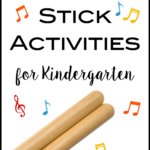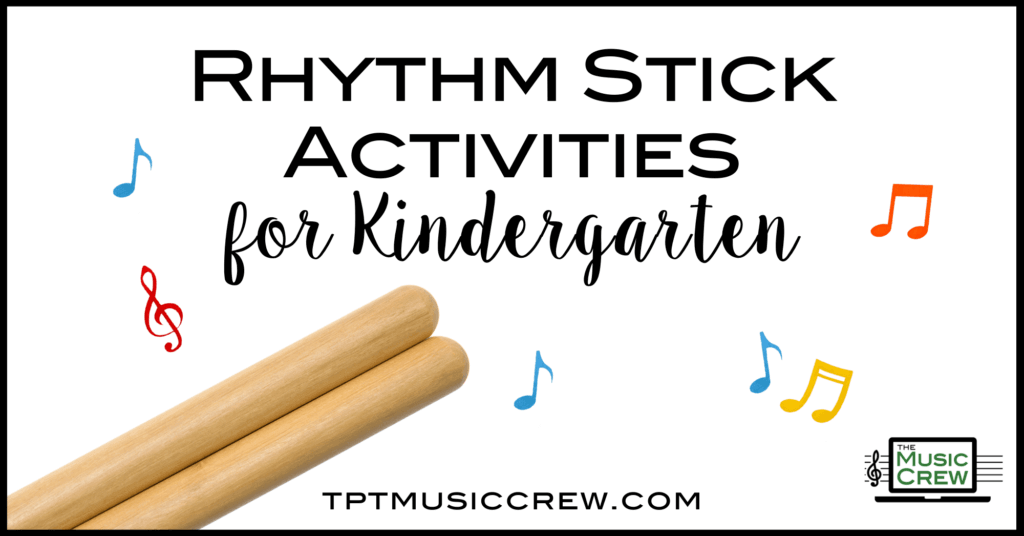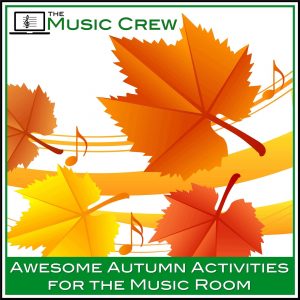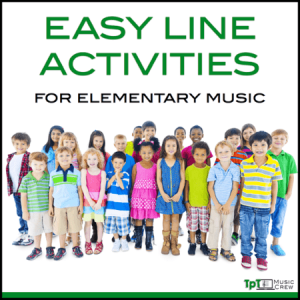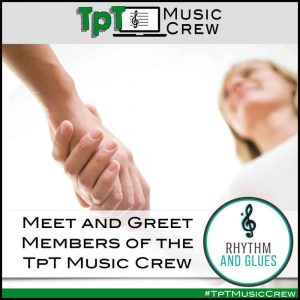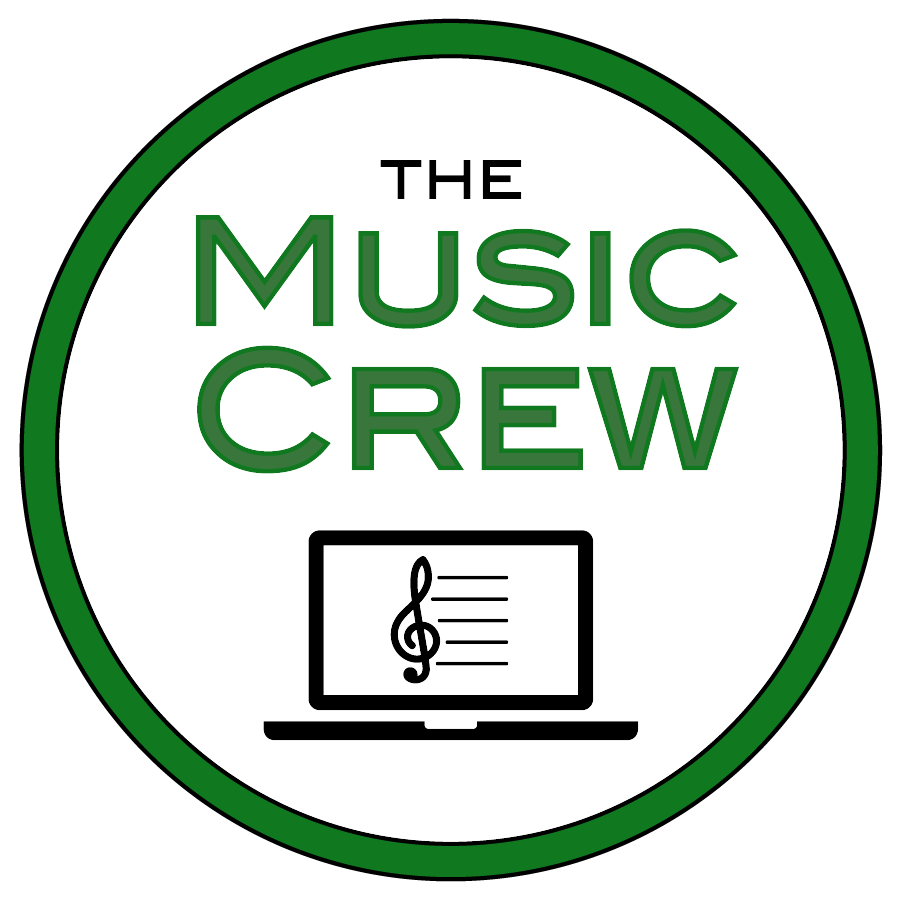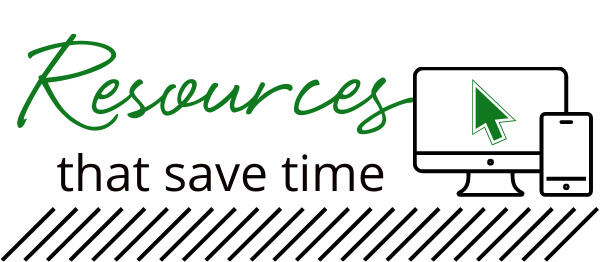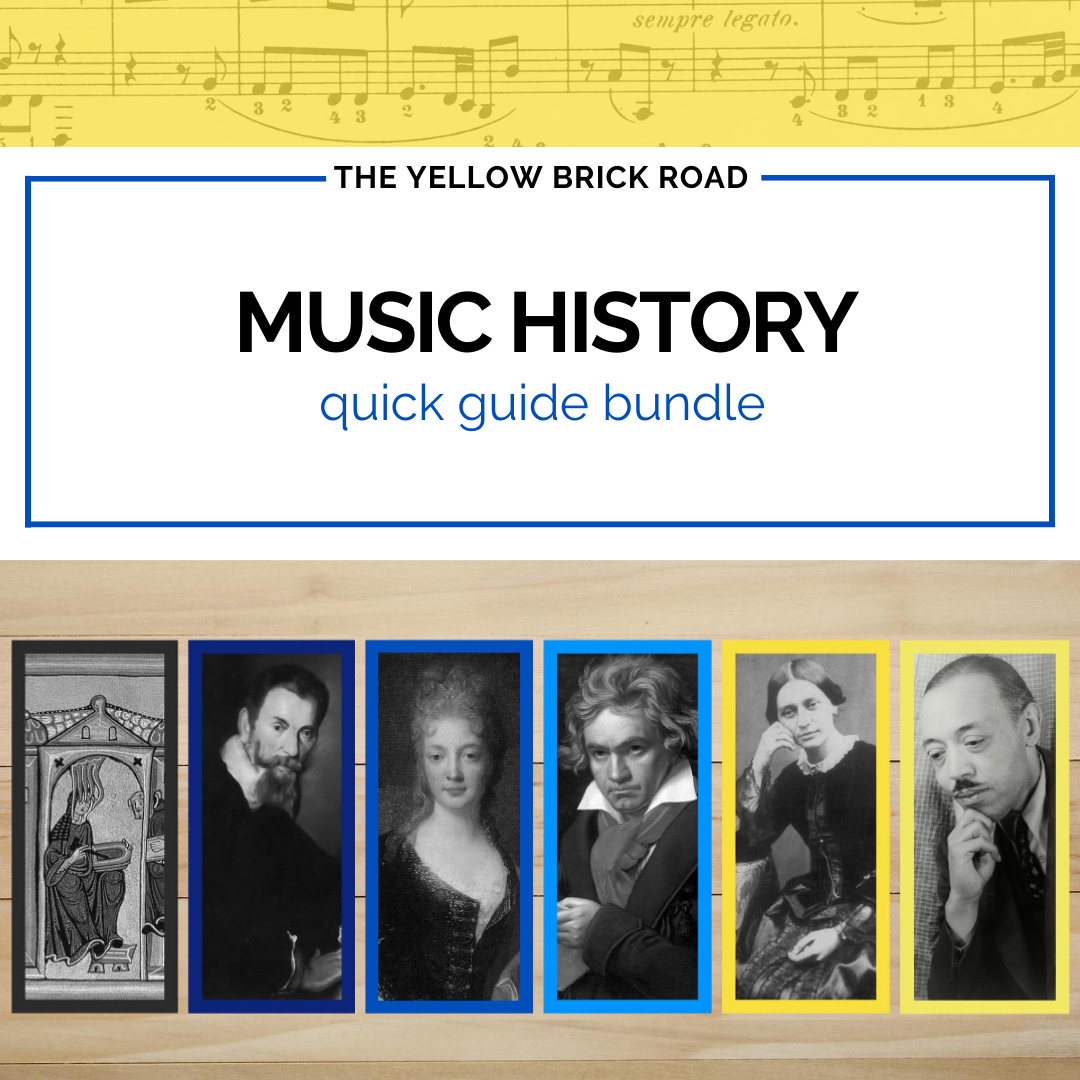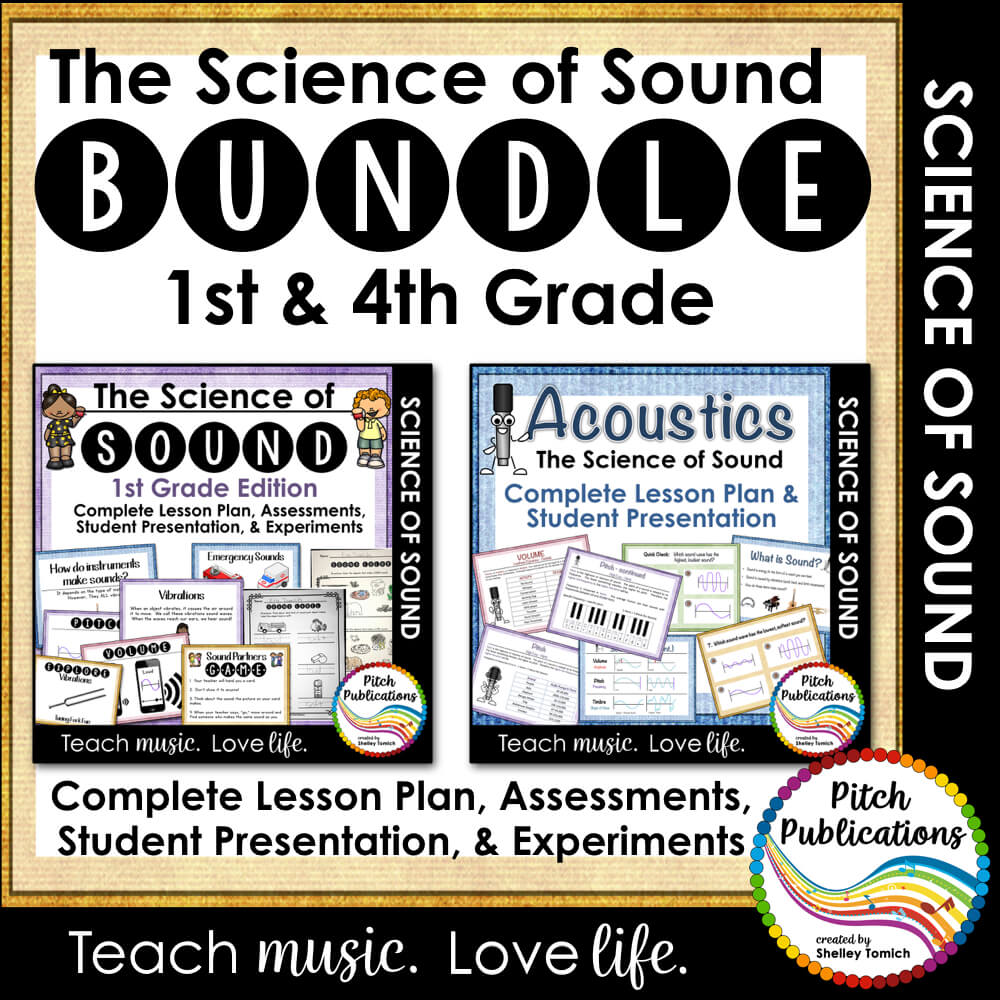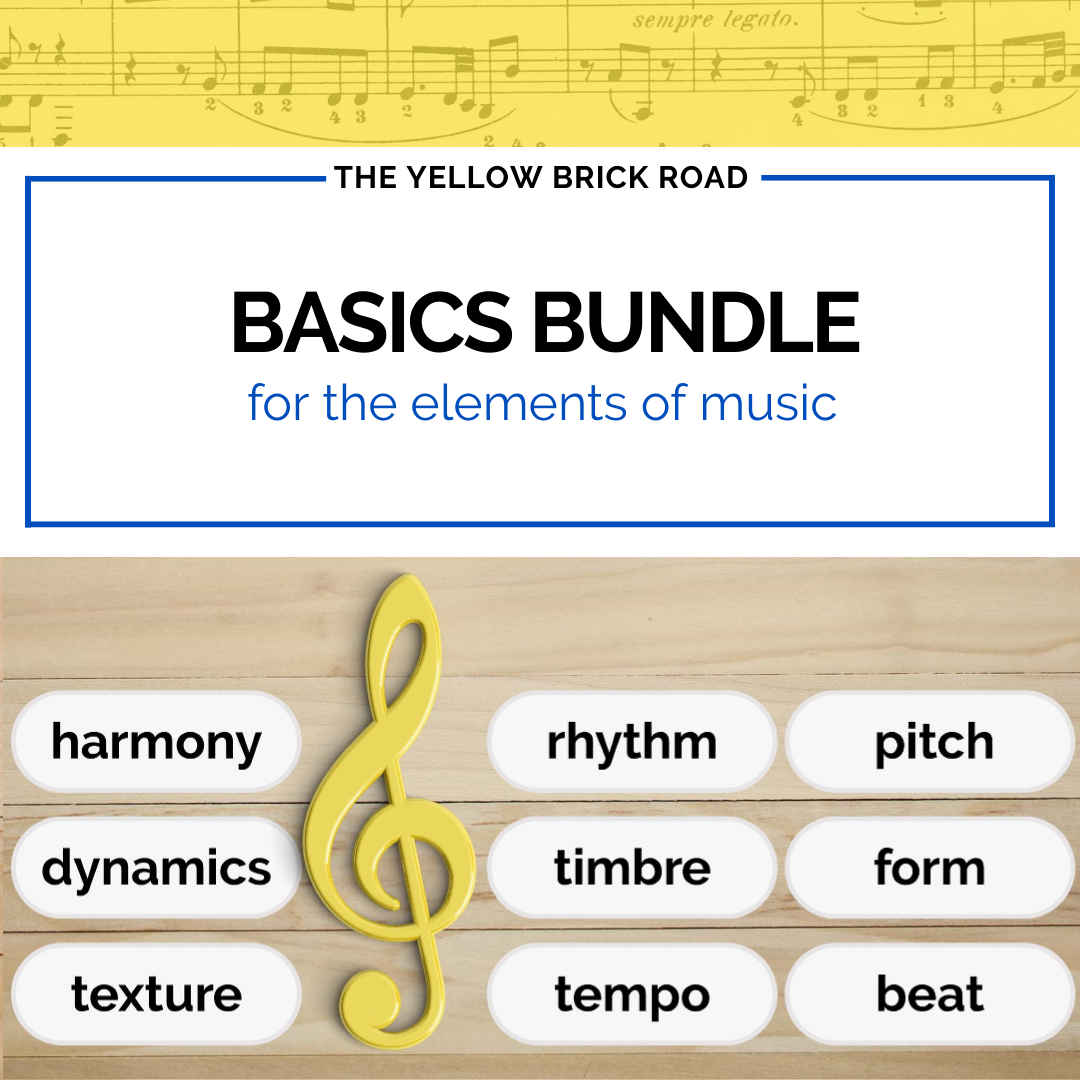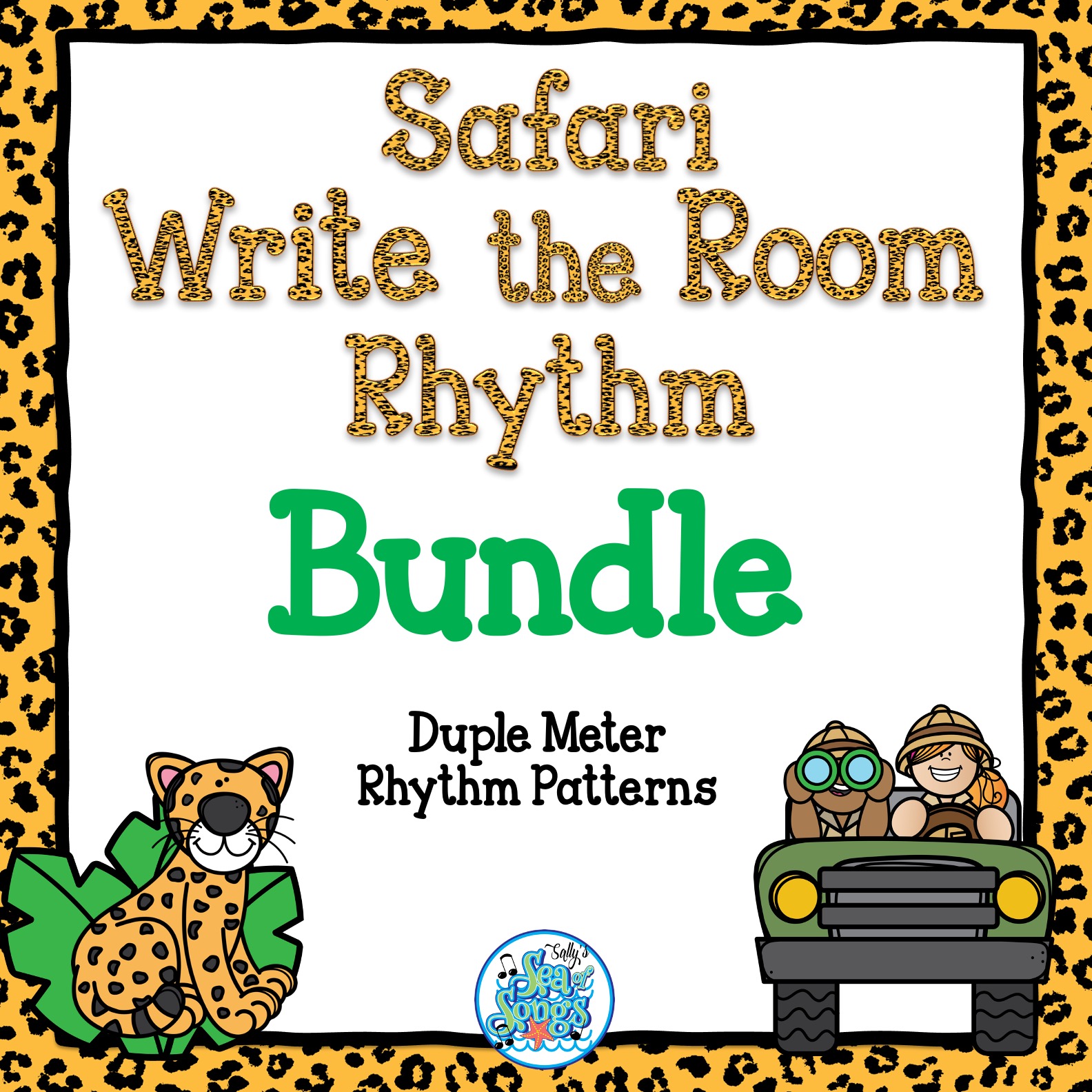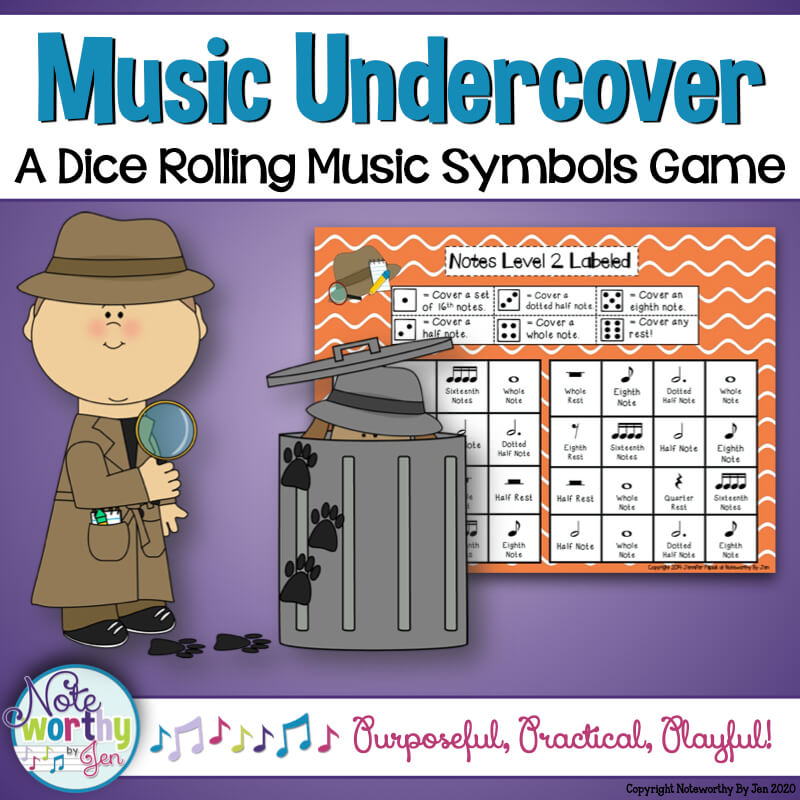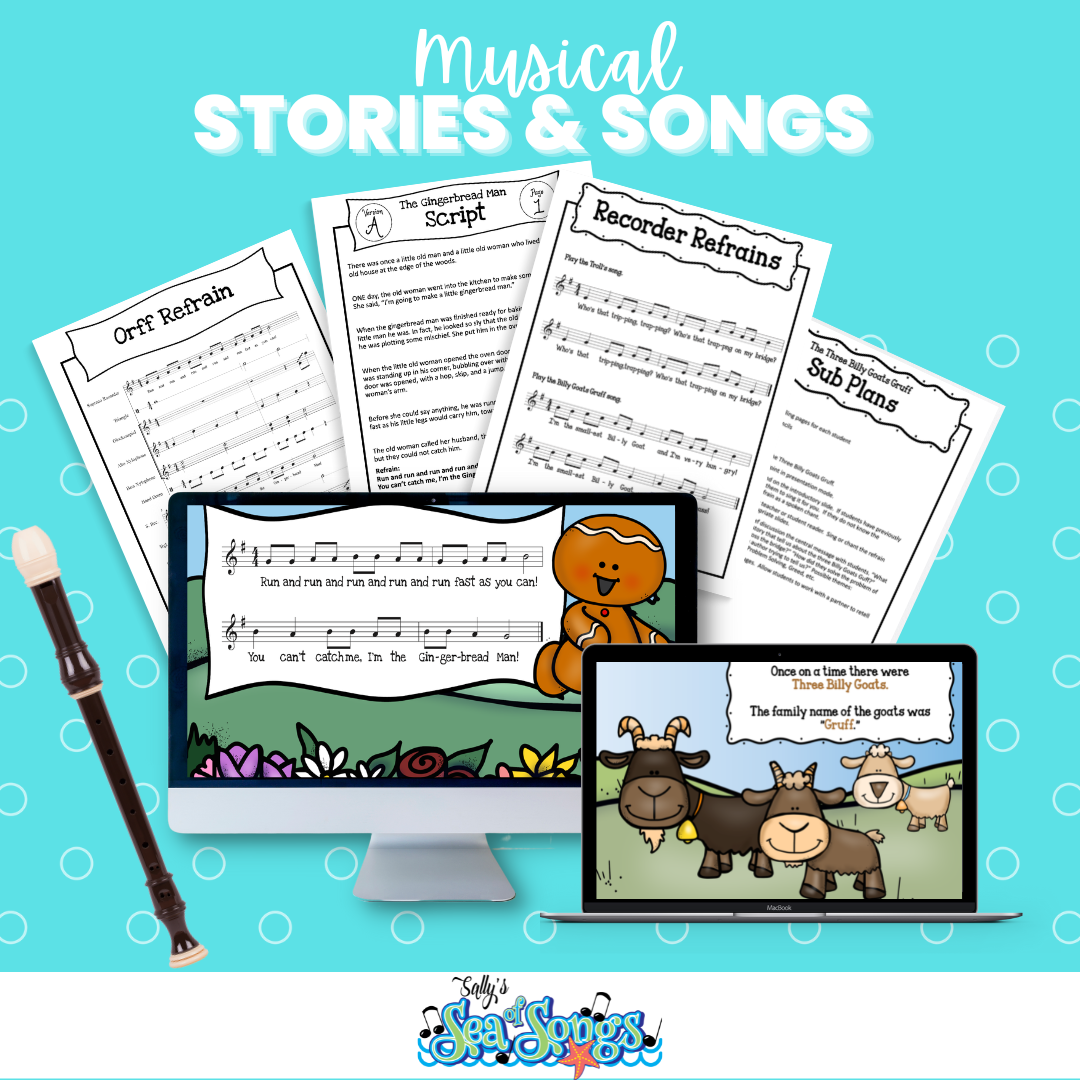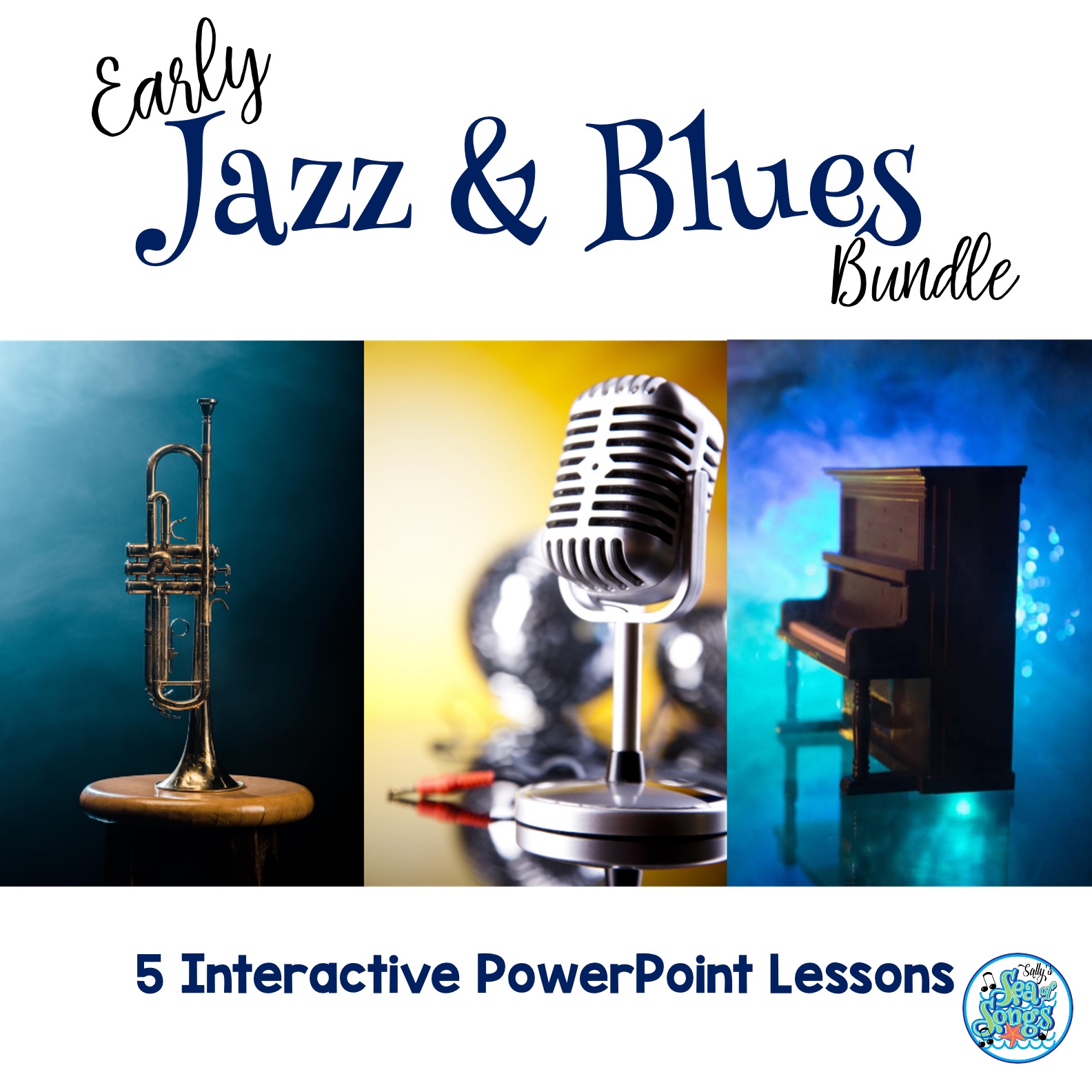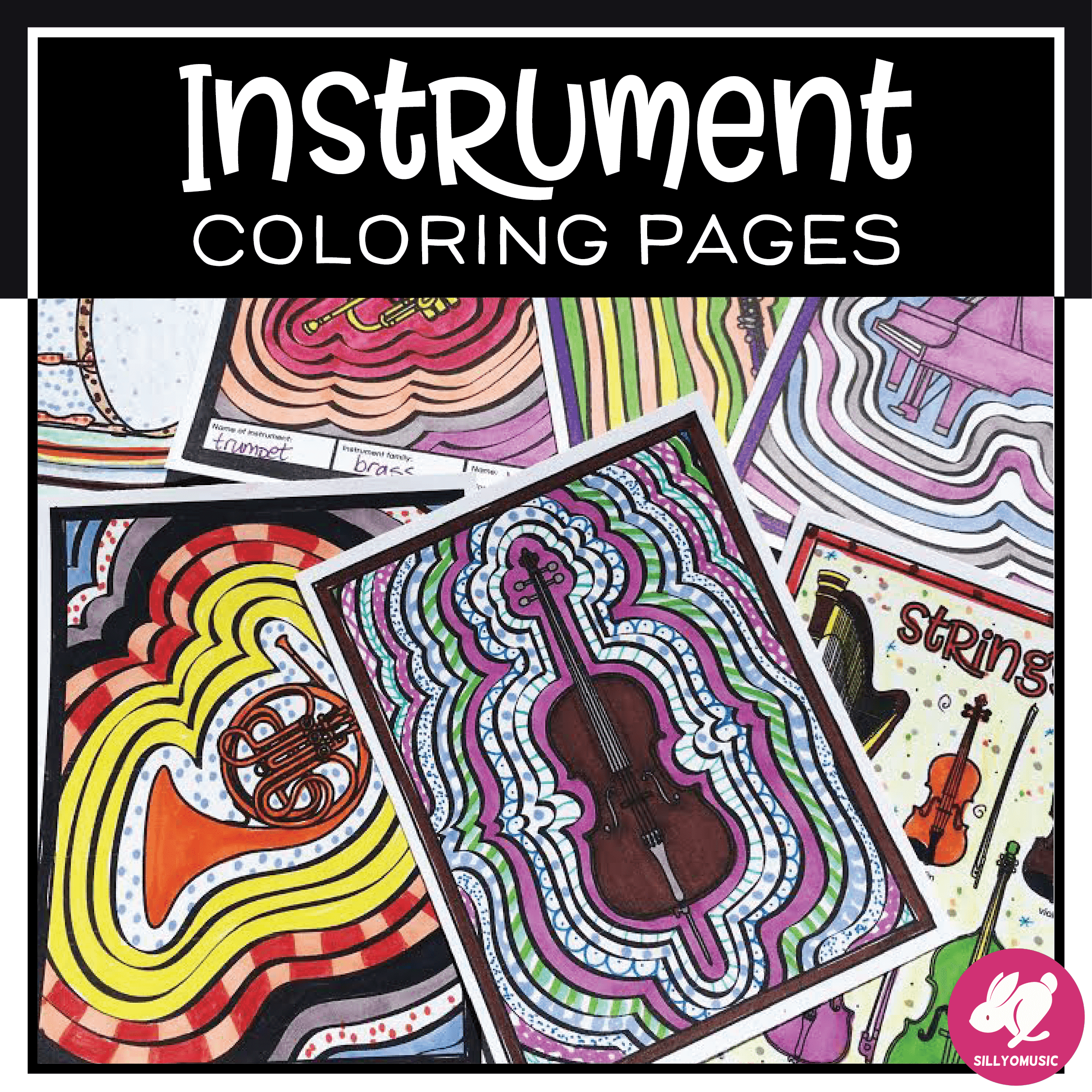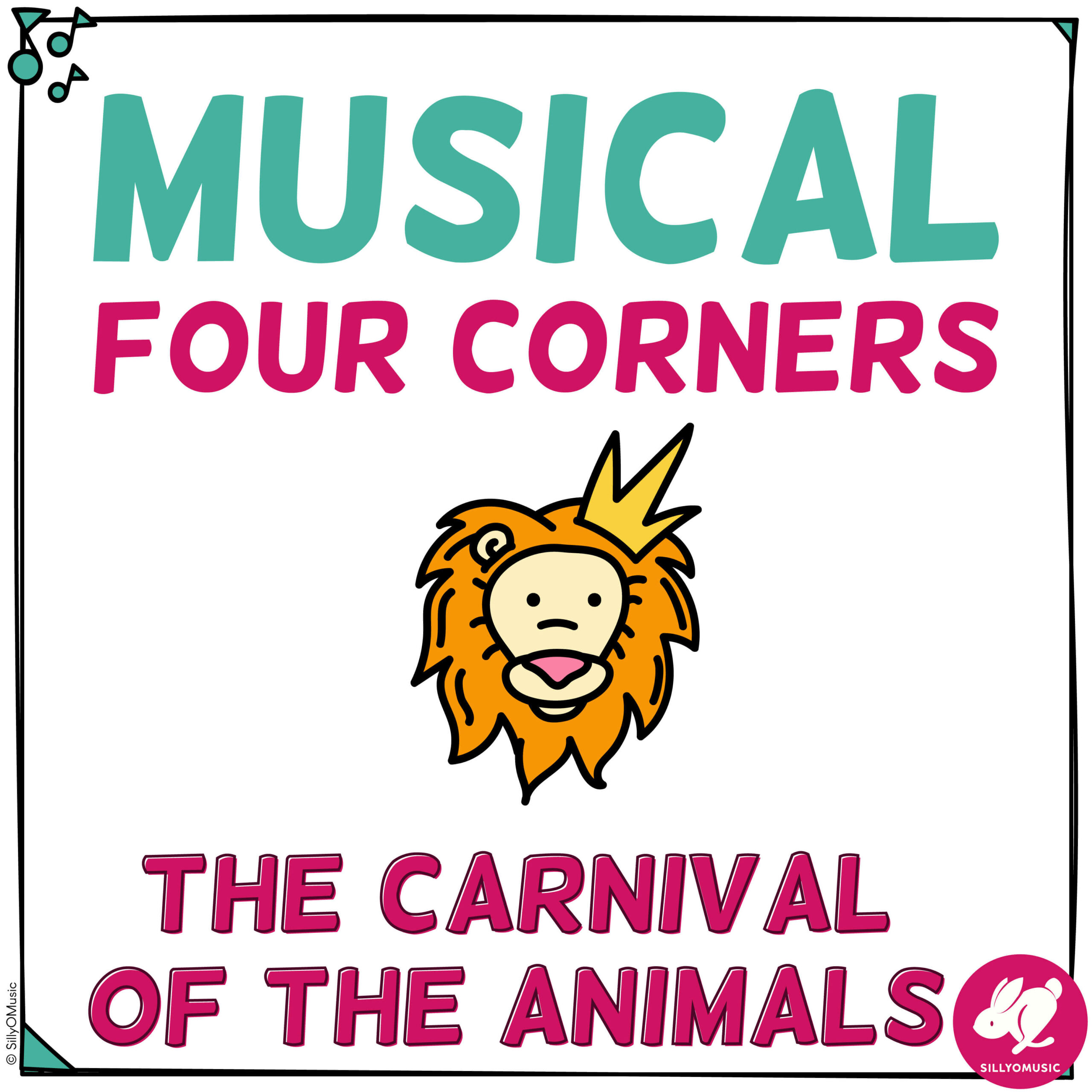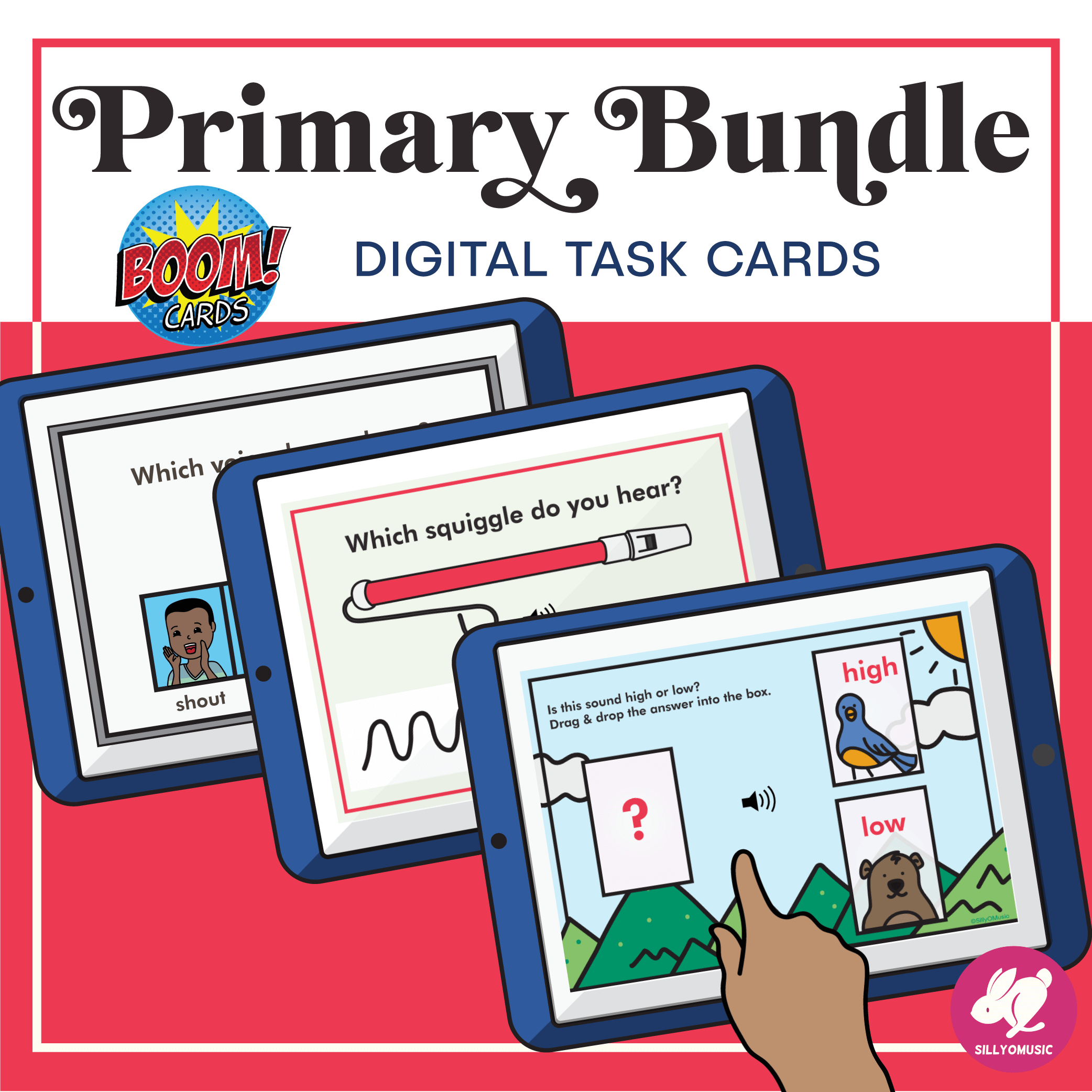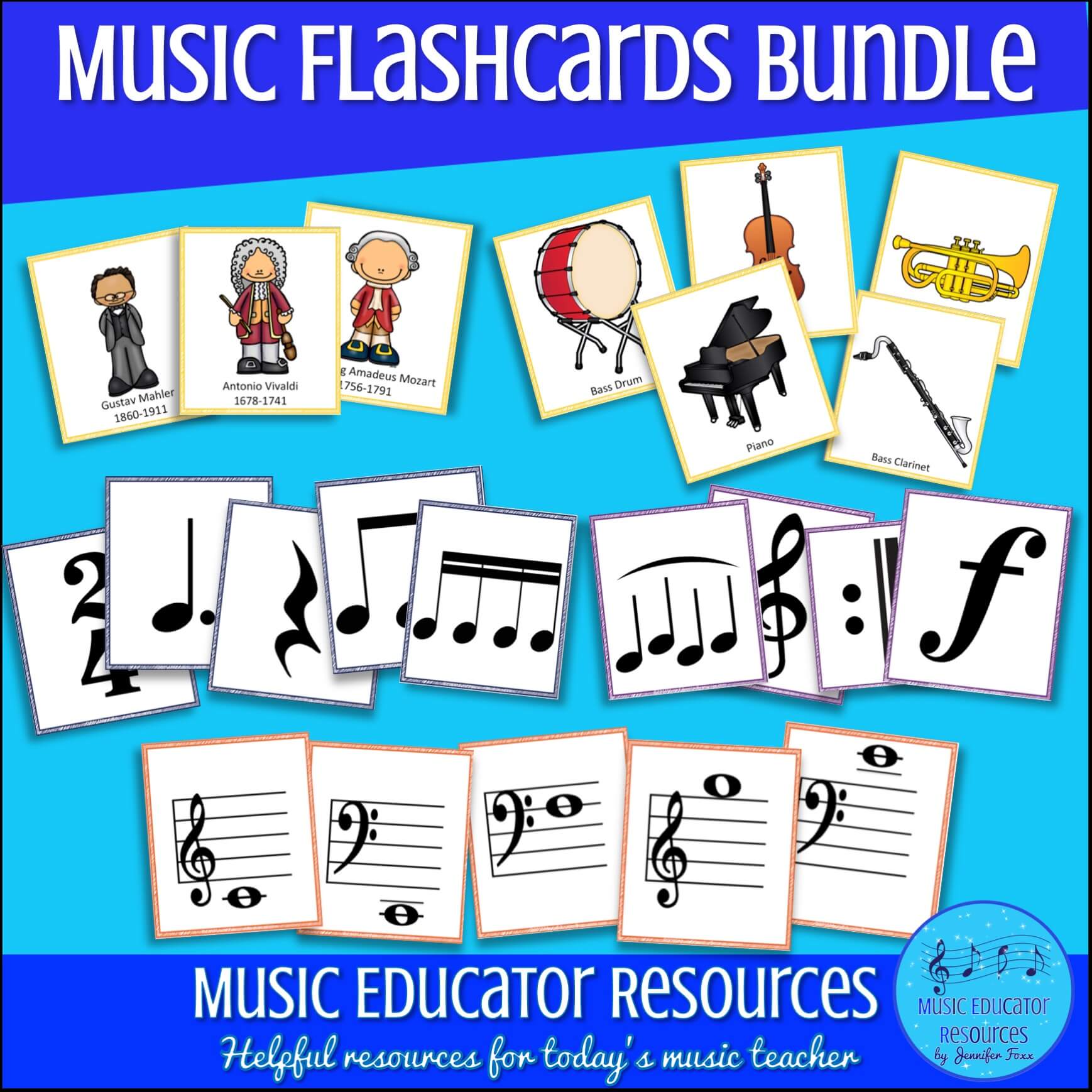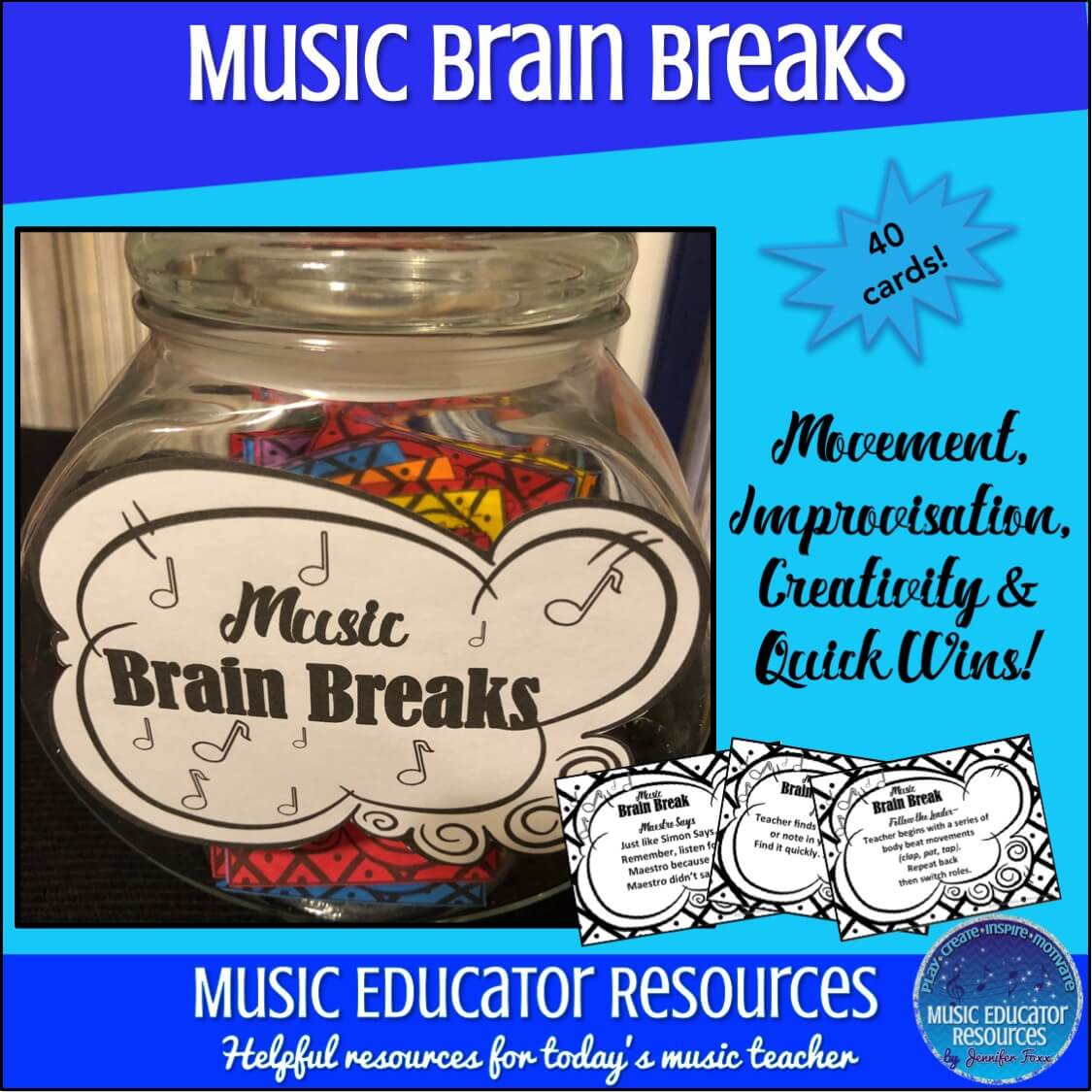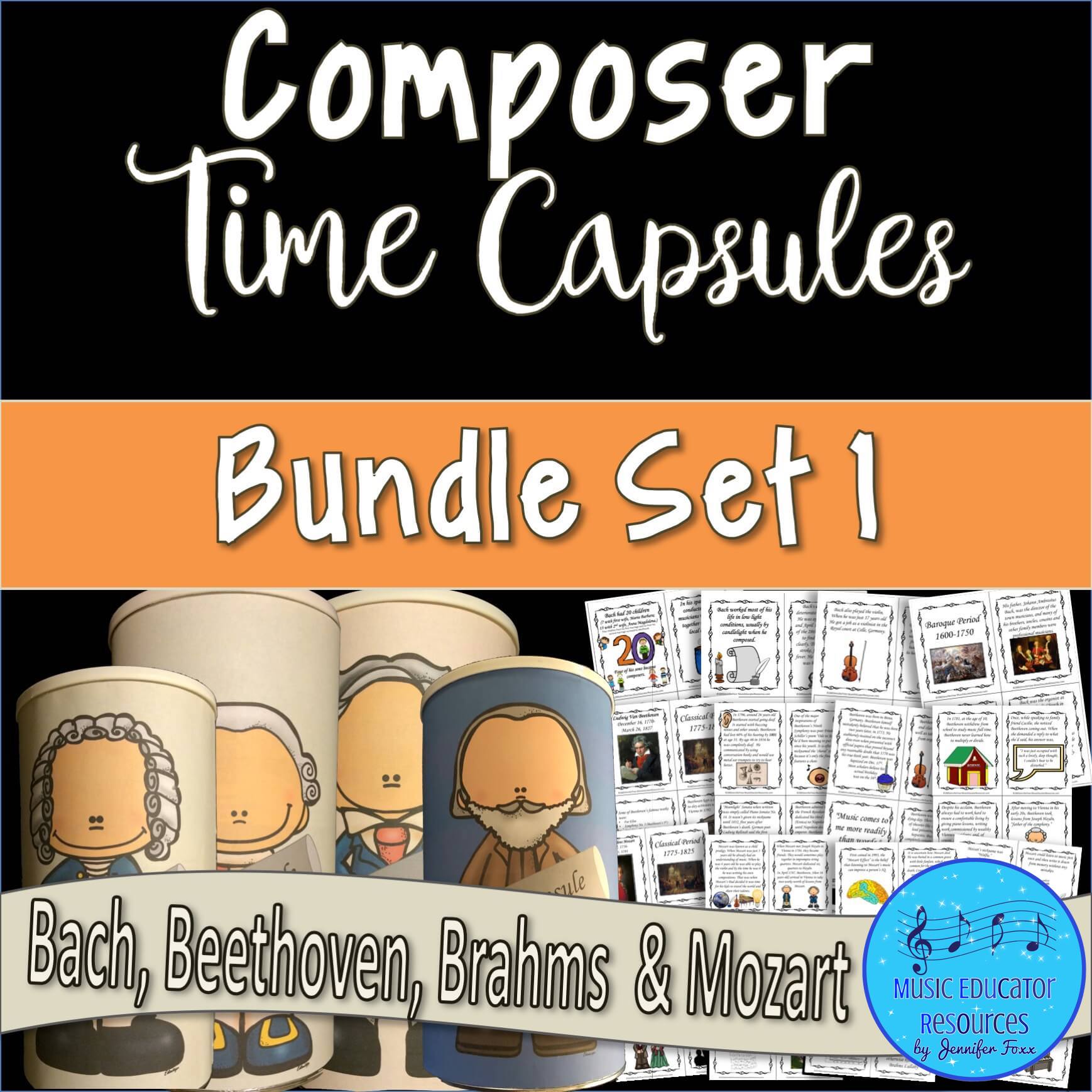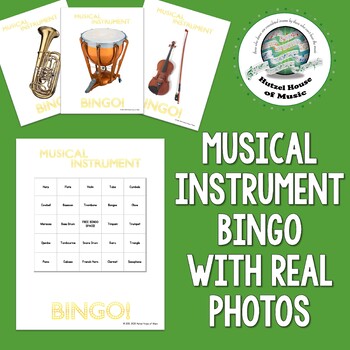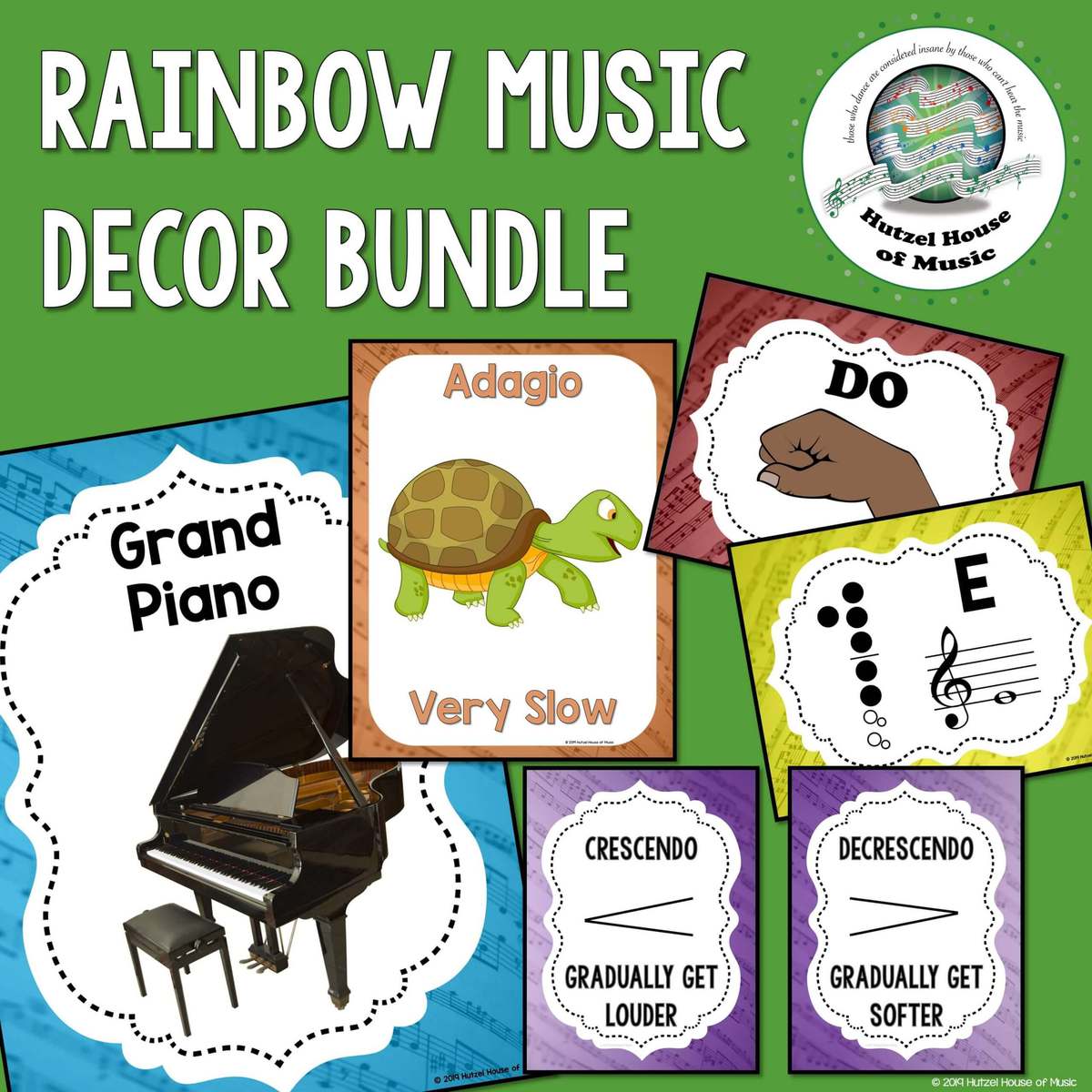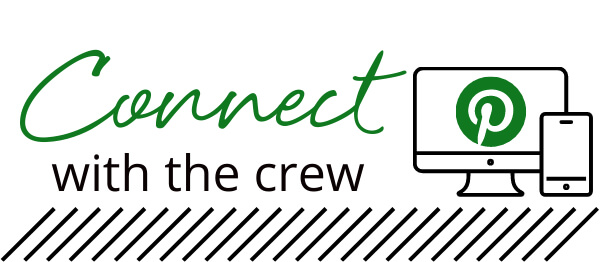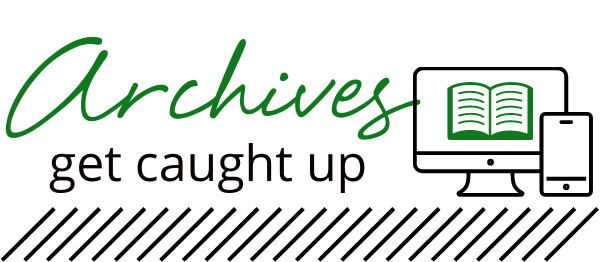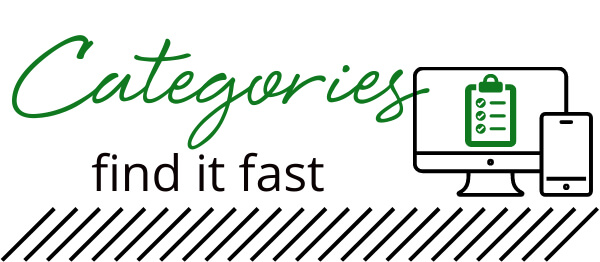In Kindergarten music, there are lots of great rhythmic activities and songs. Young students just love using rhythm sticks along with songs. Here are five simple, go-to songs for playing rhythm sticks in Kindergarten music class.
THIS IS THE WAY WE TAP OUR STICKS
The first rhythm stick activity is “This Is the Way We Tap Our Sticks.” This is a great one to use at the beginning of the school year to introduce playing rhythm sticks. It is a variation of the song “Here We Go Round the Mulberry Bush.” Instead, teach your students lyrics like, “This is the way we tap our sticks.” Then change the lyrics, adding verses for scraping, resting, hammering our sticks, etc.. This also opens it up for students to offer their ideas on how we can use our sticks.
This is the way we tap our sticks,
Tap our sticks, tap our sticks.
This is the way we tap our sticks,
In our music class.
THE STICKS ON THE BUS
For September, another popular song is “The Wheels on the Bus,” and you can use a different version of it with new lyrics. For most of these songs and rhythm stick activities, they don’t need a whole lot of explaining before beginning. Rather, you can just sing the song and demonstrate the action for the class. They will catch on, and it will save lots of time for fun music making.
In this song especially, encourage students to listen and watch carefully. For this song, only play on the important words (tap, tap, tap), and not during the entire song. Each verse has different lyrics and rhythm stick actions. Also, adding a verse for resting their sticks teaches self-control.
The sticks on the bus go tap-tap-tap,
Tap-tap-tap, tap-tap-tap,
The sticks on the bus go tap-tap-tap,
All through the school.
THIS OLD MAN
Another rhythm stick song favorite is “This Old Man.” For this one, the lyrics mostly stay the same. The only exception is that for each number (1-10), we count and play rhythm sticks all the way up to that number. For example, when “this old man played 5,” sing and tap, “this old man played 1-2-3-4-5,…” You can also add some scraping, rolling, etc. to follow the words.
Numbers: tap sticks that many times (always starting at 1)
“Knick-knack”: tap sticks 2x
“Give a dog a bone”: hold 1 stick out in front
“Rolling home”: roll/circle hands/sticks in air
As the song gets to the higher numbers, it may be helpful to pause to demonstrate that they should stop playing, as kindergarten students can sometimes get carried away and forget the number.
All through the year, your students will ask if they can “play knick-knack over again!”
TAP YOUR STICKS – HAP PALMER
“Tap Your Sticks” is a simple children’s song by Hap Palmer that is fantastic for preschool students too. Students must listen to the lyrics, telling them where and how to play their rhythm sticks. Although I don’t focus on teaching them to sing the song, I always notice that a lot of students begin humming or singing along by the end of this catchy tune.
MAMA MIA – MAKIN’ MUSIC ROCKIN’ RHYTHMS
Finally, we made it to “Mama Mia!” This song is a must-have and my pre-school and kindergarten students’ all-time favorite!
“Mama Mia” is an adorable song, guiding young children through pretending to make pizza, using their rhythm sticks to show the motions. This activity can be used successfully with 3-7 year olds, and they won’t ever forget it!
It is truly a wonderful activity for using rhythm sticks. It explores even more ways for students to make sound from their rhythm sticks, like chopping, hammering, rolling, etc. It is the perfect extra activity for the end of class when you only have a few minutes left, as students just watch and mirror the actions they see. Without being able to sing in the classroom, this video is amazing to use during Covid.
I hope you and your kindergarten students have fun with these rhythm stick activities. Have any more rhythm stick ideas? Tell us about them in the comments below!


